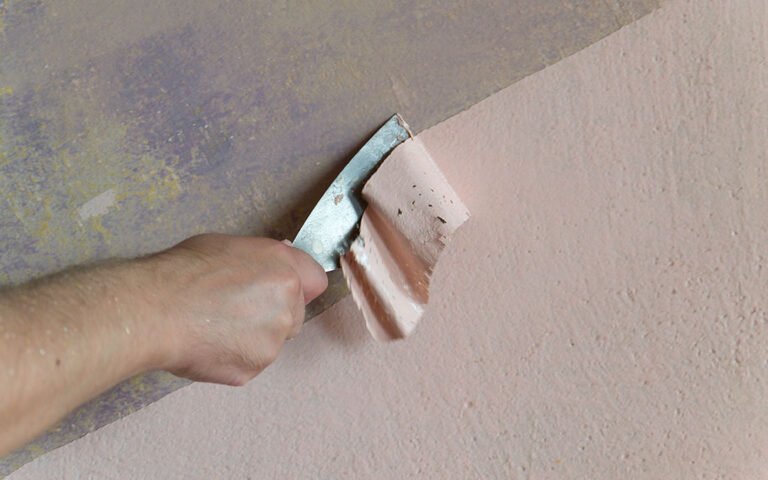A Timeless Icon: Exploring the Beauty and Legacy of Black and White Houses in Singapore
In a city celebrated for its modern skyline and architectural innovation, Singapore holds a unique treasure from its colonial past — the elegant black and white houses. These stately structures, with their high ceilings, broad verandas, and distinctive color palette, are more than just remnants of history. They represent an era of refined design, tropical adaptation, and cultural fusion that continues to capture the imagination of architects, historians, and residents alike. Today, these homes stand as enduring testaments to Singapore’s heritage, blending old-world charm with modern functionality. To truly understand their allure, one must first explore the history and architecture behind the black and white house Singapore legacy.
Origins of the Black and White Houses
The story of the black and white houses dates back to the late 19th and early 20th centuries, during the British colonial era. These homes were originally built for British officers, civil servants, and wealthy expatriates who sought comfort and sophistication while adapting to the tropical climate. The design drew inspiration from both European architectural principles and traditional Malay kampong houses, resulting in a distinctive hybrid style.
The houses were characterized by their black-painted timber beams and whitewashed walls — a simple yet elegant contrast that gave them their signature name. Beyond aesthetics, this color scheme also had practical benefits: the white helped reflect sunlight, keeping interiors cooler, while the black trim concealed dirt and weathering caused by tropical humidity.
Architectural Design and Tropical Adaptation
The brilliance of the black and white house lies in its thoughtful adaptation to Singapore’s environment. These homes were designed not only for comfort but also for sustainability long before the term became fashionable.
1. Elevated Foundations
Many black and white houses were raised on stilts or built on brick piers. This elevation allowed air to circulate beneath the structure, reducing humidity and protecting the home from flooding or pests.
2. Wide Verandas and Overhanging Roofs
Verandas provided shaded outdoor spaces for relaxation and socializing, while deep roof eaves shielded the interiors from direct sunlight and heavy rain. These features also promoted natural ventilation, keeping the home cool throughout the year.
3. High Ceilings and Large Windows
To encourage airflow, black and white houses were designed with tall ceilings and strategically placed windows. The cross-ventilation effect created a comfortable indoor environment even without modern air conditioning.
4. Blend of Materials
The construction typically combined brick, timber, and plaster, reflecting both European and local influences. The use of local materials not only reduced costs but also ensured the buildings could withstand Singapore’s tropical weather.
A Symbol of Prestige and Colonial Lifestyle
During the colonial period, these houses were symbols of status and privilege. They were often located in exclusive areas surrounded by lush greenery, such as Tanglin, Nassim Road, and Bukit Timah. The spacious gardens, sweeping driveways, and private compounds reflected the social hierarchy of the time, with domestic staff quarters often included on the property.
Beyond their practical function, black and white houses represented a lifestyle — one of elegance, leisure, and a close relationship with nature. Afternoon tea on the verandah, garden parties, and open-air dinners were part of daily life, giving these homes a distinct social charm that remains appealing even today.
Black and White Houses in Modern Singapore
In today’s Singapore, these colonial-era houses have taken on new life and meaning. While many are preserved as heritage buildings under the Urban Redevelopment Authority (URA), others have been repurposed for residential, commercial, or diplomatic use.
Some serve as embassies, exclusive restaurants, or boutique offices, while others remain private residences for those fortunate enough to lease them. Despite being over a century old, their timeless design continues to attract interest from architects and designers who admire their balance of form, function, and aesthetics.
Their enduring appeal also lies in the sense of tranquility they offer. Surrounded by lush greenery, they provide a rare escape from the fast-paced urban landscape, offering residents a serene environment that feels worlds away from the city’s bustle — even though they often sit right in the heart of Singapore.
The Role of Preservation and Heritage
Preserving black and white houses is crucial to maintaining Singapore’s architectural and cultural identity. These homes are more than historical curiosities; they are living artifacts that tell stories of adaptation, coexistence, and craftsmanship.
Organizations and heritage boards continue to advocate for the protection of these properties through restoration efforts, careful maintenance, and adaptive reuse. Modern architects are also inspired by their design principles — especially their emphasis on natural light, ventilation, and spatial flow — integrating these timeless ideas into contemporary homes.
Experiencing the Charm of a Black and White Home
Living in a black and white house today is a rare privilege. Each property has its unique character, shaped by its original design, location, and modern restoration. Inside, the blend of vintage charm and contemporary convenience creates a distinctive atmosphere that few modern apartments can replicate.
The large gardens, mature trees, and open verandas make them ideal for family life, social gatherings, or simply enjoying quiet moments outdoors. The interiors often feature teak flooring, arched doorways, and colonial-style furniture — details that evoke nostalgia while maintaining practicality.
For those who appreciate history, architecture, and heritage living, the experience of staying in or visiting one of these homes is both enriching and inspiring.
Lessons from the Past: Sustainable Architecture
Interestingly, black and white houses embody many principles of sustainable design long before eco-friendly architecture became mainstream. Their use of natural ventilation, shaded spaces, and durable materials demonstrates how thoughtful design can harmonize with the environment.
Modern architects continue to draw inspiration from these traditional methods, integrating similar concepts into green building practices. From maximizing airflow to reducing energy use, the black and white house serves as a timeless example of design rooted in respect for nature.
Black and White Houses as Cultural Heritage
Beyond their physical beauty, these homes are cultural landmarks that reflect Singapore’s journey from colonial settlement to modern metropolis. They remind residents and visitors alike of a time when craftsmanship, aesthetics, and environmental awareness converged in harmony.
Preserving them ensures that future generations can experience the charm of these architectural masterpieces — not just as static monuments, but as vibrant spaces that continue to evolve.
Final Thoughts
The black and white houses of Singapore are far more than architectural relics — they are a bridge between past and present, tradition and innovation. Their enduring elegance, intelligent design, and historical significance make them an integral part of Singapore’s identity.
As the city continues to grow and modernize, the preservation of these homes stands as a testament to Singapore’s respect for its heritage. They serve as powerful reminders that timeless design is not merely about beauty but about balance — between architecture and nature, history and progress, and comfort and sustainability.
To truly understand the soul of Singapore’s architectural story, one must look beyond the glass towers and rediscover the quiet grace of its black and white houses — icons of heritage that continue to inspire generations.







